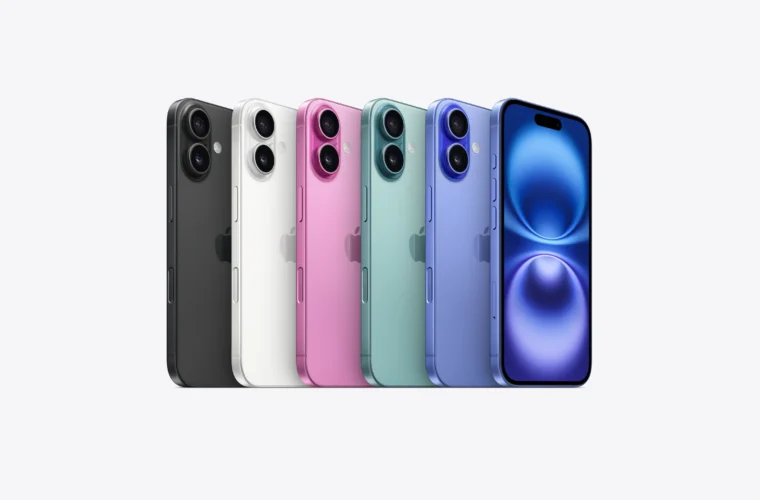Ces 2024: This year’s Consumer Electronics Show was the fair of artificial intelligence, as the hottest technology of the moment dominated the scene and captured the attention of visitors and industry insiders alike due to its ability to influence multiple sectors. Televisions, computers, smartphones, but also healthcare equipment, sustainable solutions, wearables and automobiles, there is no hi-tech-related market segment immune to the transformation brought about by the large-scale deployment of AI systems, with particular reference to generative artificial intelligence. The 2024 edition definitively banished the winds of crisis that had appeared in the years of the Covid-19 emergency, with over 4000 exhibitors distributed between the Las Vegas Convention Center and the huge hotel lobbies overlooking the Strip in the city of perdition.
There were many new products launched by major companies and the 1200-plus startups, which offered surprising products such as the Rabbit R1, a digital assistant that replaces apps with AI algorithms to perform a range of tasks, capable of selling more than 20,000 units (price $199) within 24 hours of launch. The quantity of devices previewed in the pavilions of Ces and that we will see arrive on the international markets over the coming months reinforce the prestige of the American appointment, the most important event for the technology world because it baptises the new year, revealing the trends that are currently underway and those that could follow in the next few years. Let’s take a look at the most interesting novelties that could change things in a short time.
Evie Ring
It is not usual to find comfortable and effective devices that improve women’s lives. This role fits perfectly for Evie, a ring designed as a health tracker that proves to be a good assistant for the everyday life of females. Capable of monitoring menstrual cycle and ovulation, it works as a pedometer and monitors sleep quality, heart rate and blood oxygen levels. Moreover, thanks to integrated medical sensors and AI algorithms, the ring optimises the detection of vital signs on women’s fingers, while bright LEDs amplify the quality of optical signals. The company that developed it is Movano, which will later add the possibility of sharing the collected data with gynaecologists and other medical specialists. Available in silver, pink and gold, Evie is on sale for $270 but is currently only compatible with iOS.
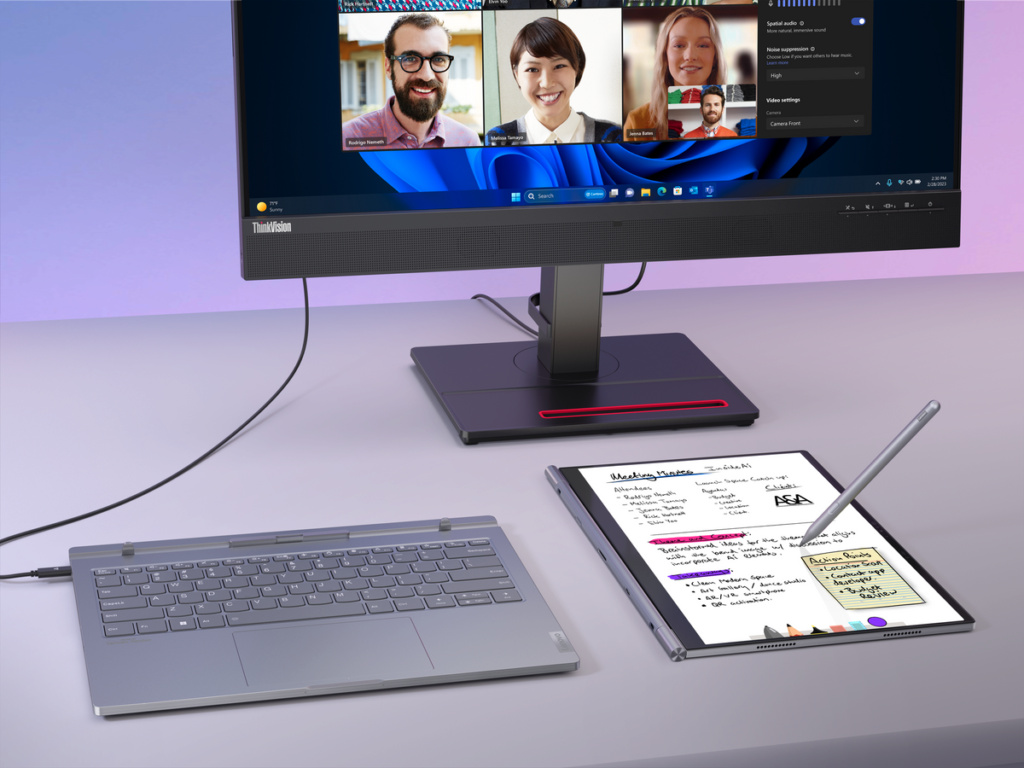
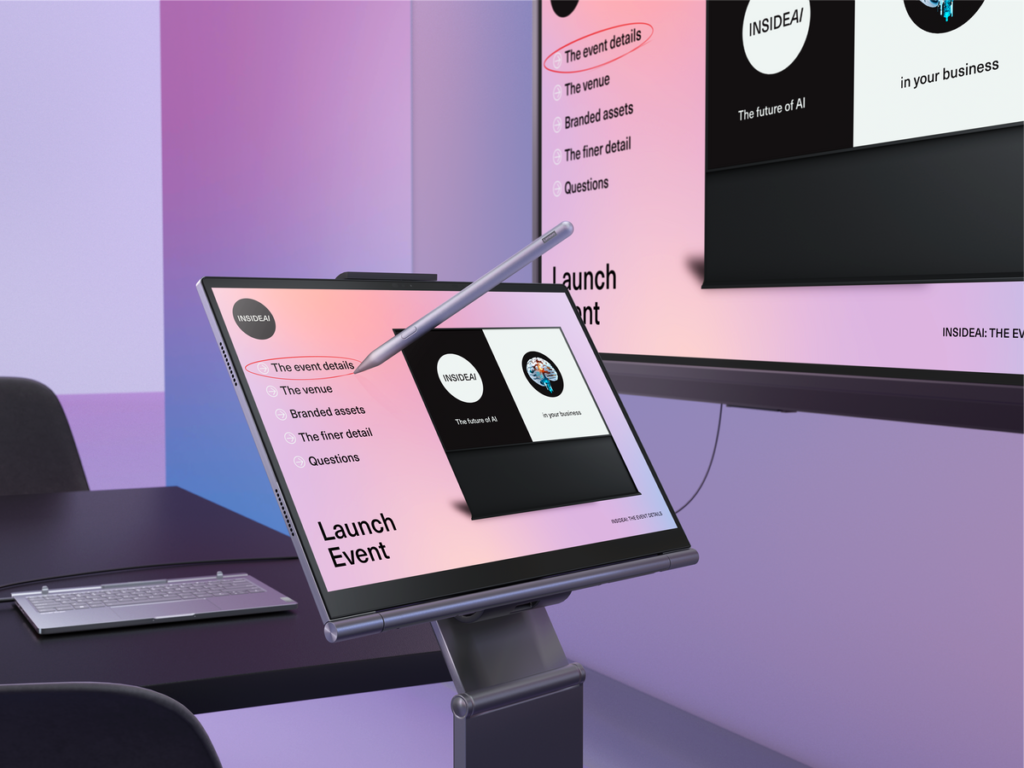
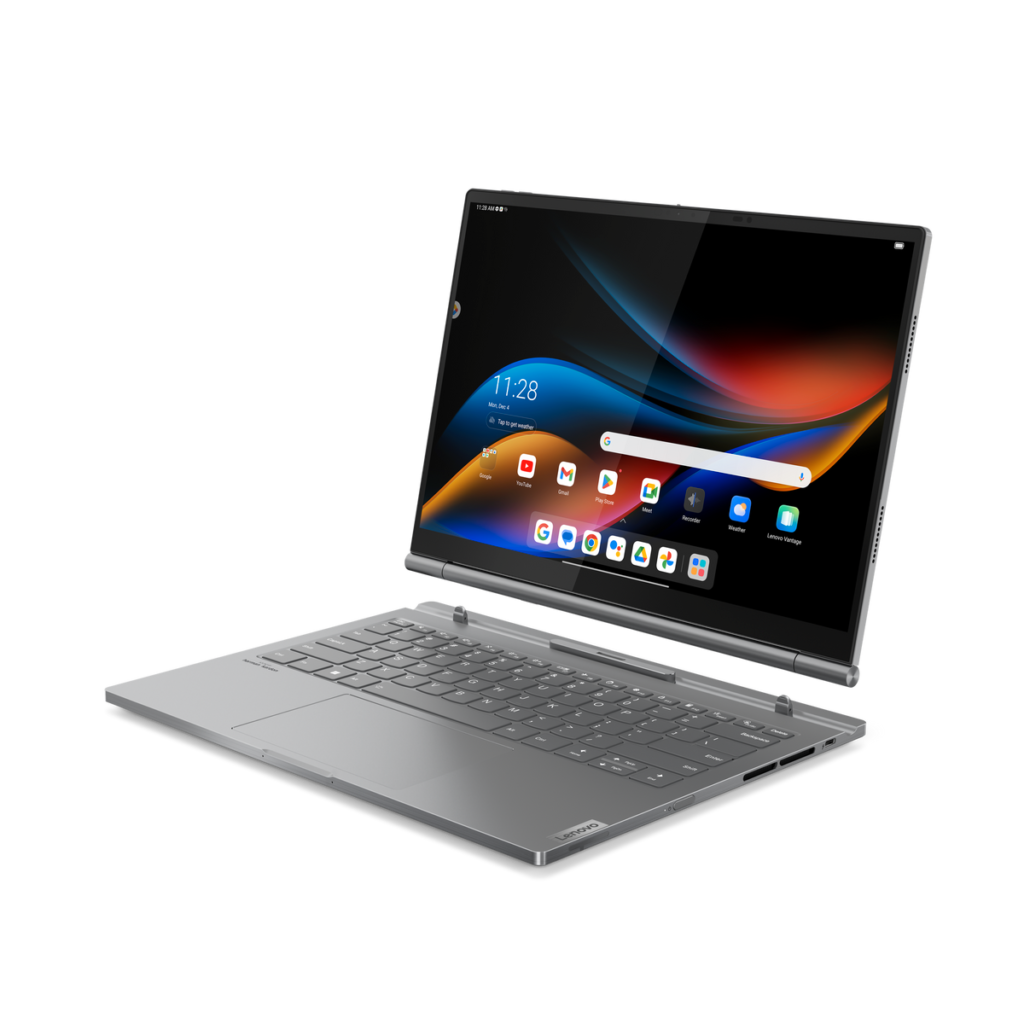
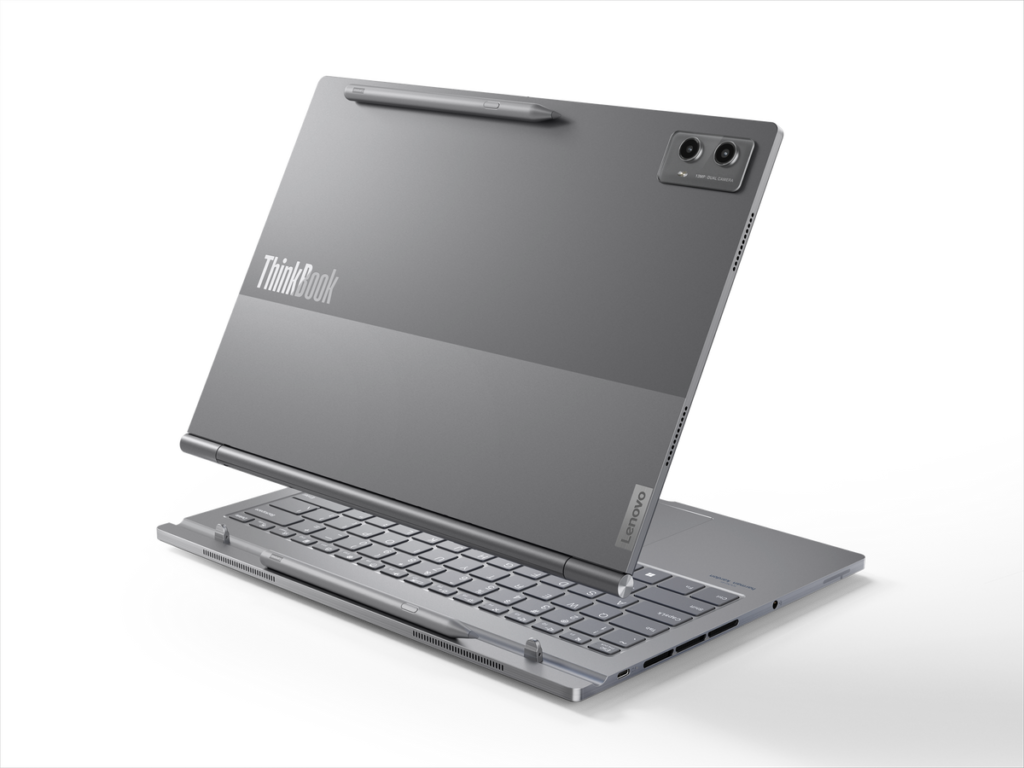

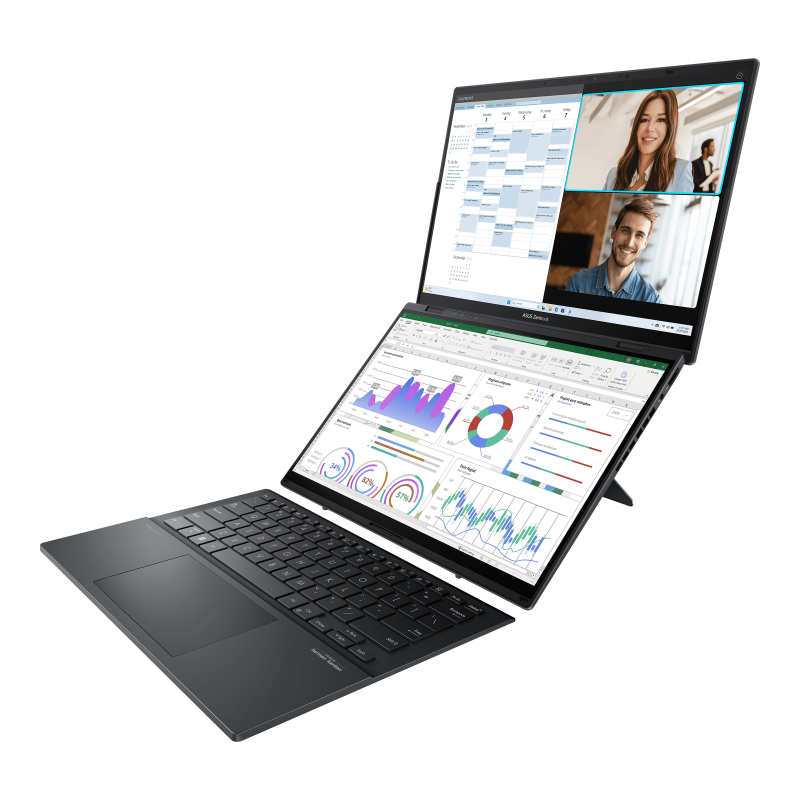
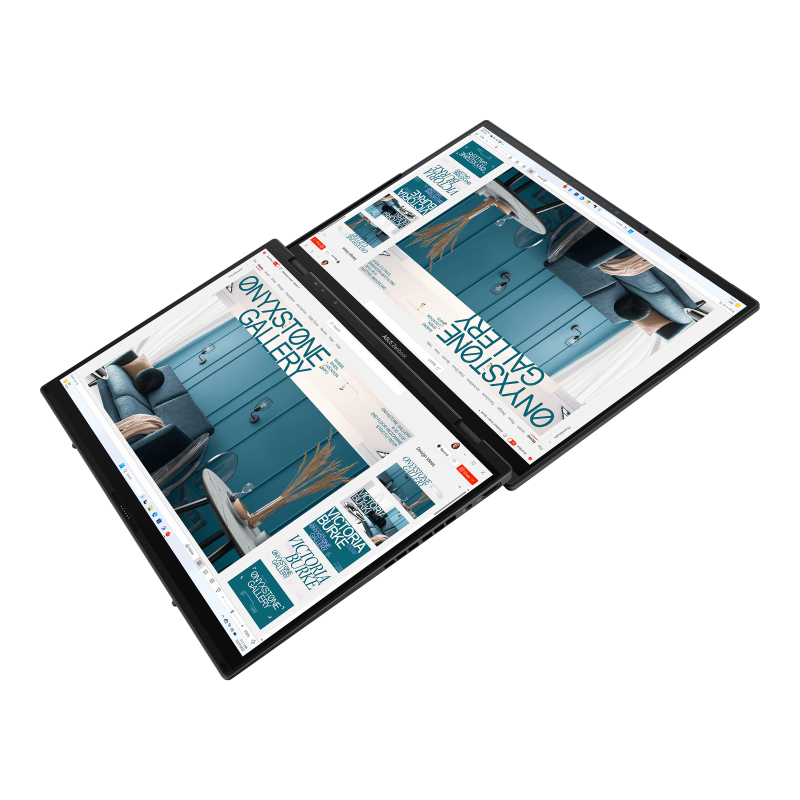
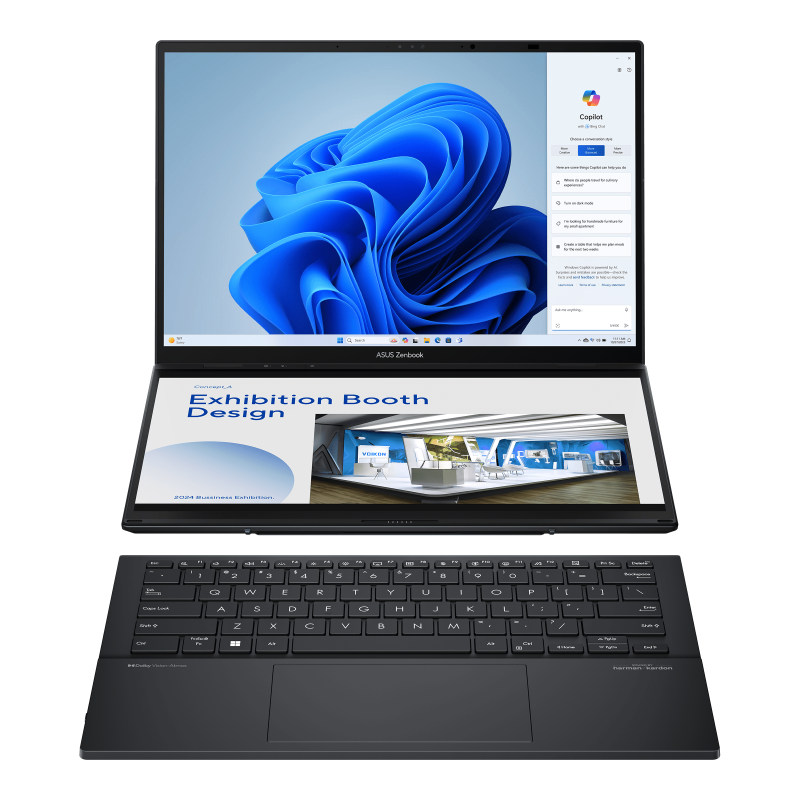
Lenovo and Asus, new life for laptop
Unlike in the past, this time, there were many innovative ideas for the future of computers. As usual, Lenovo announced a slew of products, but two caught my interest: the ThinkBook Plus Gen 5 Hybrid and the ThinkBook 13x Gen 4. Same range but different goals and peculiarities because the former is a 2-in-1 that goes beyond the coexistence of a laptop and a large tablet. Flexible and hybrid, it allows easy switching between Windows and Android. Still, it can be used by two people at the same time, as the 14-inch display is removable to function independently as a tablet, with the device remaining usable when connected to an external monitor.
The other notebook, signed by the world’s first manufacturer, aims instead to tickle the interest of those who want to stand out from the crowd since exploiting the e-Ink Prism technology allows you to customise the laptop’s external cover, drawing from around a thousand images and without affecting consumption and battery life. ThinkBook Plus Gen 5 will debut on the US market next September, while ThinkBook 13x Gen 4 will arrive in Europe in March with a price tag of around €1100-1200.
Asus also did an excellent job with the Zenbook Duo 2024, which, compared to the past, forgoes the smaller screen next to the main display, opting for two 14-inch Oled touchscreen panels that expand multitasking possibilities in a device that weighs 1.3 kg. Available soon, the new Zenbook Duo will cost around $1,500.
The TV at the centre of a new smart home
It remains the centre of home entertainment, but in recent years, the television set is experiencing a second youth, as technological evolution runs fast and combines with design to open up frontiers hitherto unimagined. The clearest example of this is LG‘s Oled T, the disappearing TV. It is not magic even if it appears as such because the mechanised black film rolls up, leaving space for the transparent panel, which thus becomes an elegant piece of furniture in the home. Of course, watching films or sporting events on a sheet of glass is not the best, as the device appears when switched off.
But the solution does allow for personalisation of the TV, which is also wireless (but there is a power cable) and capable of communicating with consoles, decoders or other devices within a 30-metre radius. Unlike Samsung, which again at Las Vegas showed a similar solution with a transparent MicroLed panel destined for commercial applications for the time being, LG is ready to sell the 77” Oled T to private individuals. Although the cost, so far unknown, will predictably be very high.

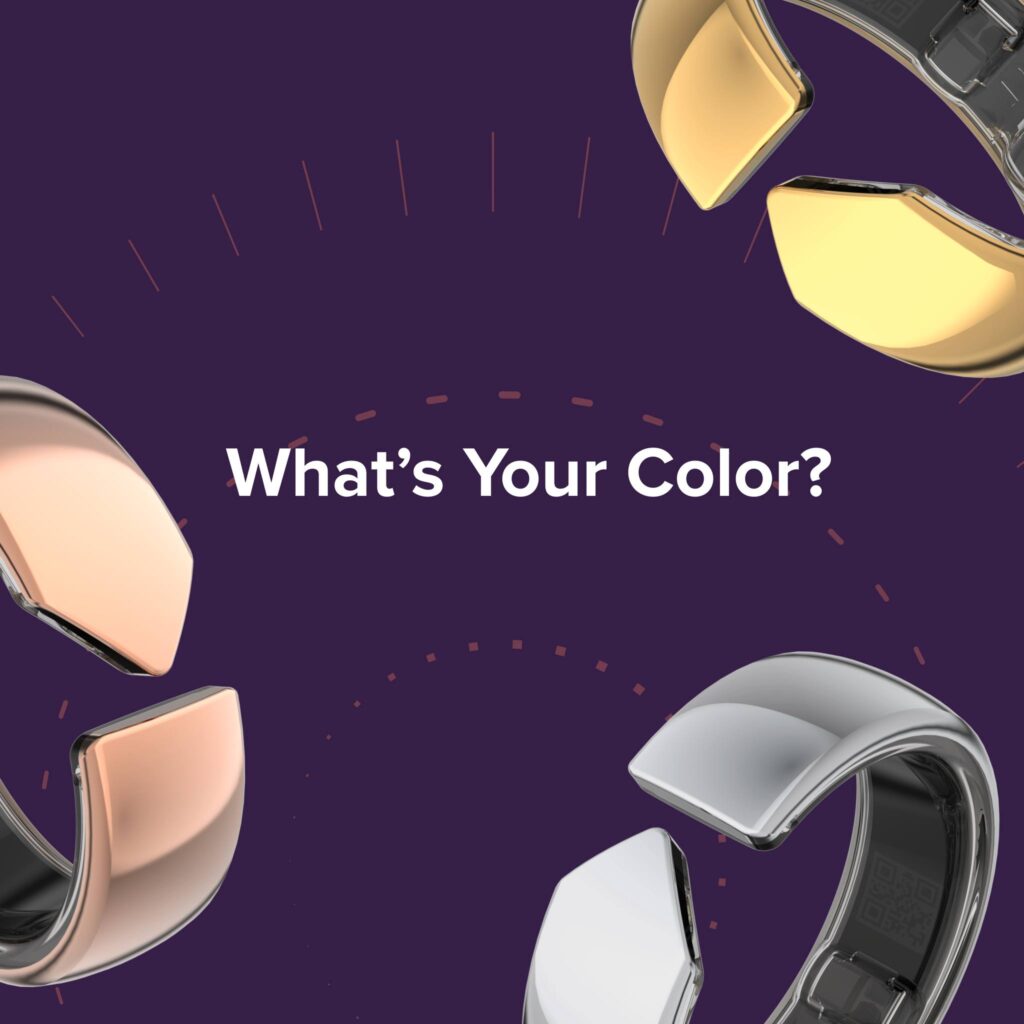
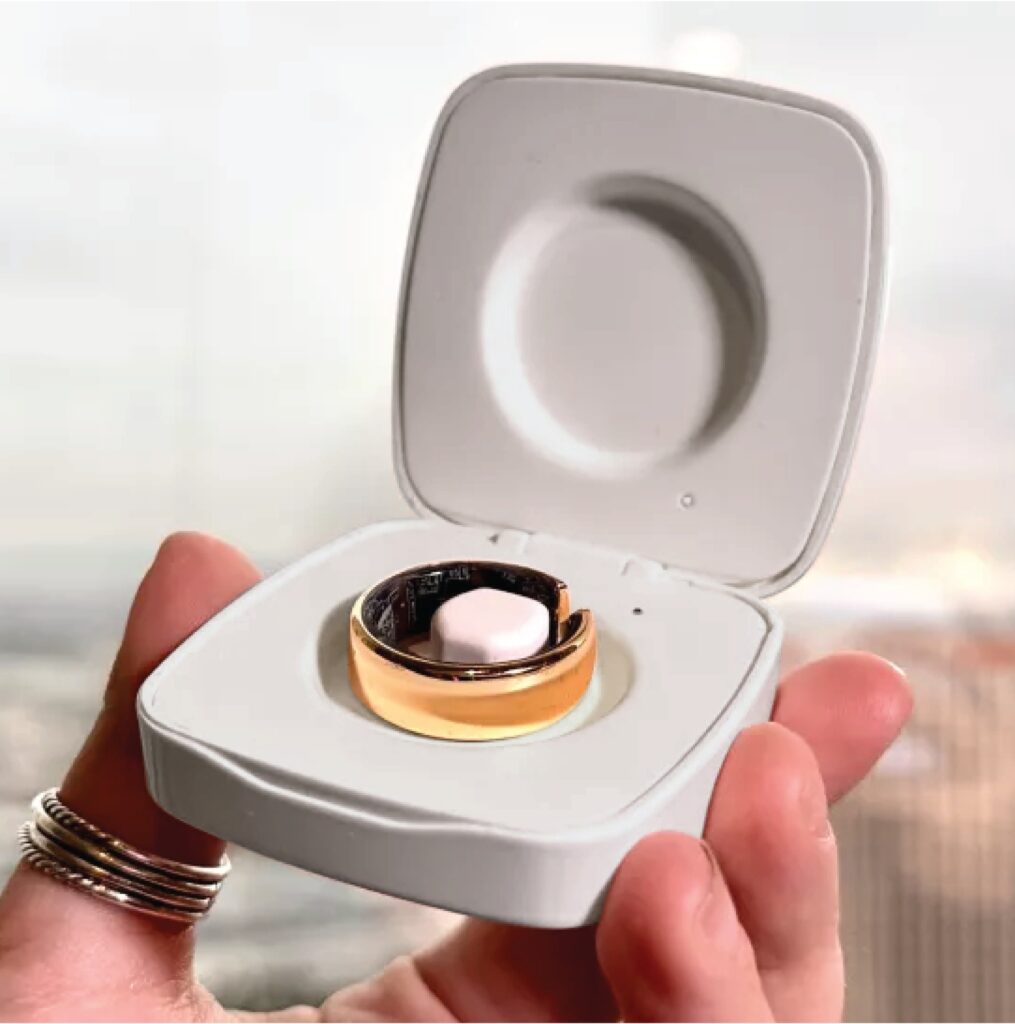
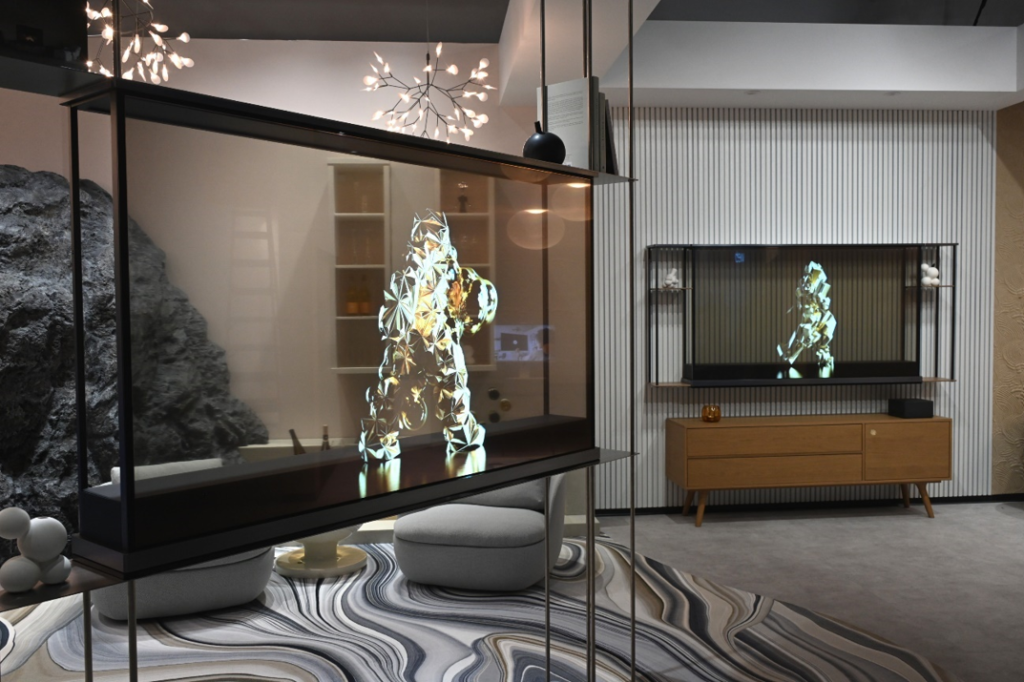
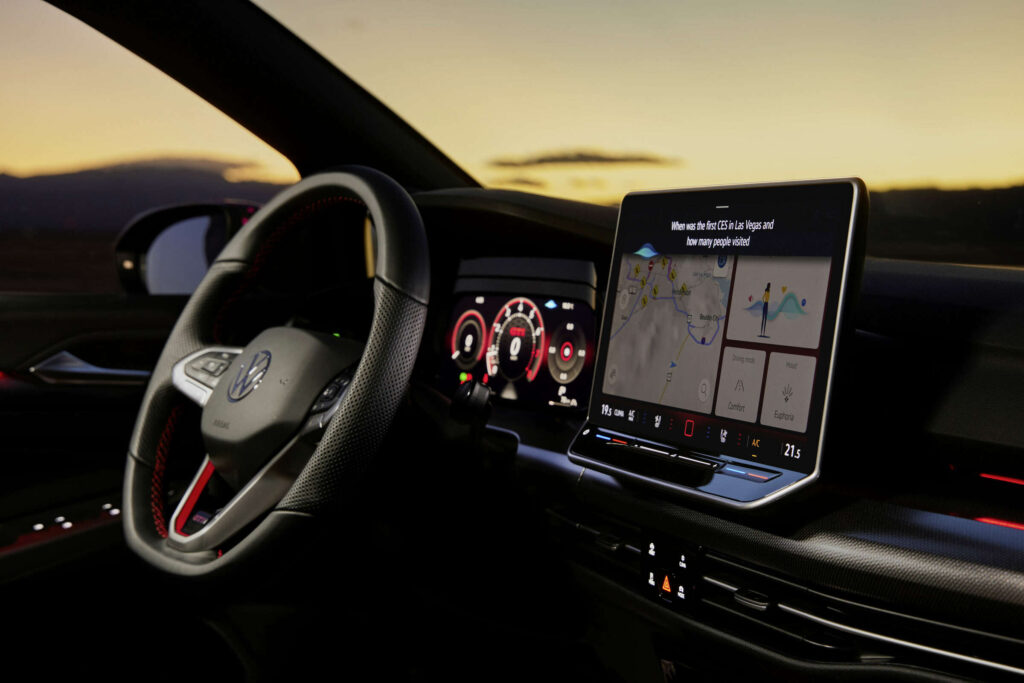
Volkswagen brings ChatGPT on board its cars
You say artificial intelligence and the first mental association is ChatGPT, which could hardly be missed at the technology fair. Among the many products in which the software developed by OpenAI is involved, Volkswagen’s upcoming cars stand out, determined to focus on the chatbot to rewrite the boundary of the vehicle-driver relationship.
Thanks to the partnership with Cerence, a company specialising in the development of driver assistants, in the German company’s future Golf, Tiguan, Passat and also in the ID 4 and ID 3 electric cars, drivers will be able to ask more specific questions to the electronic brain that drives on-board entertainment, receiving more articulate answers and solutions to the needs of the moment from ChatGPT. An example? In addition to the restaurant’s address, upcoming Volkswagens will be able to provide information on the type and quality of the food, while if there is a child on board, the AI can be used to find and narrate a story to capture the child’s attention.


